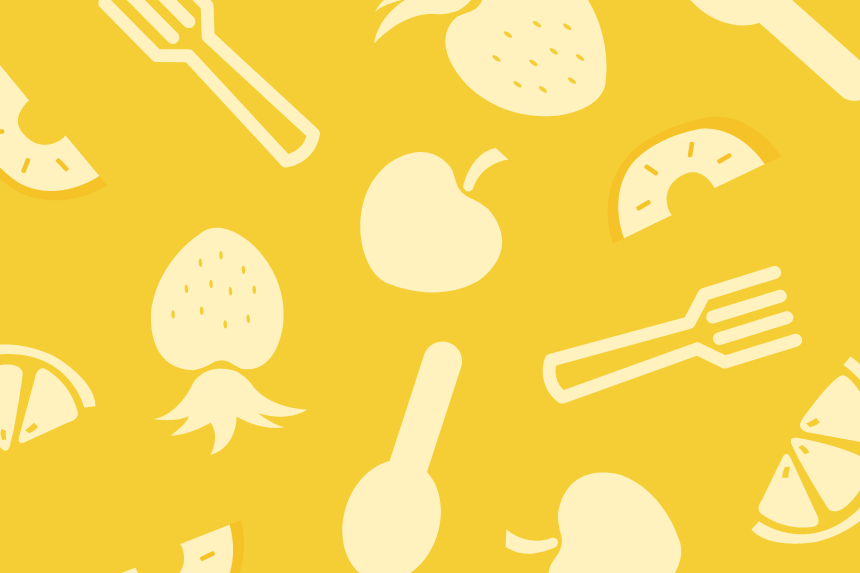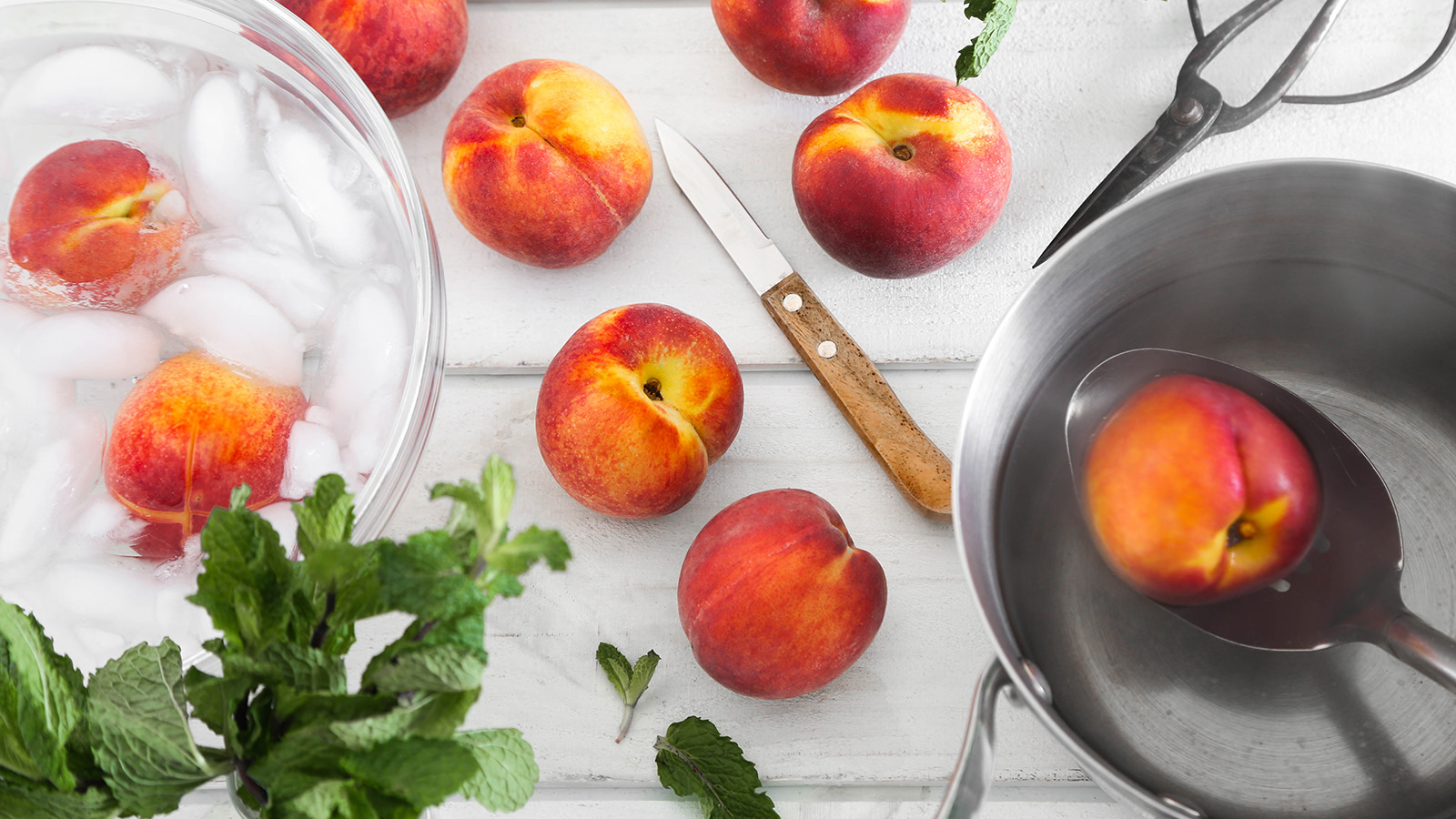Nickey's Hijiki

- Ready In:
- 1hr
- Ingredients:
- 14
- Yields:
-
1/4 cup
ingredients
- 1 ounce dried hijiki seaweed, washed and rinsed
- water, for rinsing and soaking
- 1 teaspoon toasted sesame oil
- 1⁄2 cup carrot, julienned
- 1⁄2 cup dried shiitake mushroom
- 1⁄4 cup soy beans, shelled (edamane)
- 1 aburage, cut thin
- 1⁄2 cup Konnyaku, cut in small pieces
- 1⁄2 cup kombu dashi, cut in small, thin pieces
- 2 -3 tablespoons low-sodium Kikkoman soy sauce
- 2 tablespoons sugar
- 1 tablespoon mirin
- 1⁄4 teaspoon sea salt (optional)
- 2 tablespoons toasted sesame seeds (for garnish)
directions
- Rinse/Wash hijiki in a bowl to remove sand. Soak the hijiki 10-15 minutes in enough water to cover. Drain the hijiki over a colander; sqeezing out the excess water. if strands are long, you might want to cut it (to about 1/2 inch, doesn't have to be exact).
- Soak the mushrooms in warm water till soft, then slice thin (keep the water).
- Sauté the hijiki, aburage, carrots, mushrooms,edamane beans and konnyaku in sesame oil for a few minutes.
- Add soaking water and enough fresh water to almost cover. Add dashi and other seasonings. Simmer until the hijiki and vegetables are tender and most of the liquid is absorbed (about thirty-five minutes).
- Place in small serving bowl and garnish with toasted sesame seeds.
- NOTE: There have been some warnings citing more than citing its more than accepted levels of inorganic arsenic. It should be noted that the initial tests on hijiki which lead to those warnings in the UK among other places was based on testing the dried, un-soaked hijiki - and you never eat hijiki that way. Soaking reduces the amount of trace arsenic by 1/7th; rinsing and cooking it in liquid further reduces it. The report here by the Tokyo Health and Welfare Department states that as long as a person weighing 50kg (about 110lb) does not eat more than 5 servings of hijiki of 5g dry weight per serving (which swells up to a lot more than that when soaked) that it is perfectly safe, even for pregnant women.
Questions & Replies
Got a question?
Share it with the community!
Reviews
Have any thoughts about this recipe?
Share it with the community!
RECIPE SUBMITTED BY
marisk
honolulu, HI
<p>Aloha! I just recently started spending more time in the kitchen and am learning that cooking and baking can be fun as well as challenging. My favorite cookbook resources are my 'gourmet' sister and the very patient and generous Ohana of Zaar. Mahalo nui loa! <br /><br />My rating system: The first time I try a recipe, I follow the instructions as given; if I do a little tweaking, I keep that in mind when rating. It's not right to rate lower because of something I did or didn't do. <br />***** ... Excellent! Tasted great with/without tweaking. <br />**** ... Loved It! Tasted great with/without tweaking. <br />No stars ... May be an excellent recipe but I was unable to get it to work for me. May or may not try again later. We don't all have the same taste preferences. I've found recipes with lots of five stars that just didn't work for me and some with less that I thought were great. <br />Thank you All for sharing!</p>




